Endangered Species
Man will he the largest animal on Earth?
The man is conscious that in the early 21st century, several problems simultaneously with him, the depletion of the planet, global warming, overpopulation and extinction of quiet plant and animal species.
There is no immediate plan for relief, easy and quick to implement, if not the massive reduction of our consumption, what is common to these various problems. We are probably on the cusp of a revolution in both technology but also cultural.
This important phenomenon will be characterized by the transition from a consumer unconscious to a company official who give time to our planet to repair our mistakes. If I were to define the man of today, I would say that man is primarily an animal living in the midst of other living species, in a finite and non-expandable.
We see every day that the living world is struggling to adapt to profound changes in the environment caused by human activity.
Animals and plants can not keep up this frantic pace that man imposes on them.
If we continue at this pace, the man will soon be the largest animal on Earth and we need to pass the wonders that nature offers us every day.
All species are important for biodiversity and none is more than another.
The living world we see today is the result of a succession of single factors and in that life as we know it is unique in the universe.
Every species that disappears, not only weakens the natural heritage of the world but disappears forever from the Universe.
Image: The needs of humanity beyond the capacity of the planet since the late 1980s.
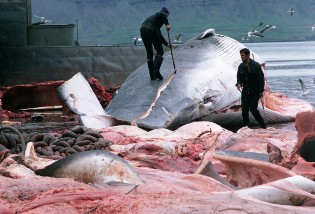
Whales
How many people can you estimate the number of whales in 2008? Whales are among the largest animals, the whale from the Latin term ballaena, implies also the gigantism, a term borrowed phallaina (φάλλαινα) from one of the works of Aristotle and may result in "thing inflated.
Two species, blue whales and fin whales, are the largest animals that ever existed.
There are still about 80 different species of whales, the blue, white, sperm, humpback, beaked, killer, the lights...
In 2009, it would remain on the planet, only 100 000 whales of all species.
The loss of a species can cause significant disruption in the functioning of the entire system because each species that disappears from the ecosystem, weakens the chances of survival of another.
Image: Humpback whales express their joy by dramatic gestures such as hitting the pectoral fins on the water or sometimes by jumping out of water.
Why does it show their joy as well, except that we watched with amazement.

Polar bear
The polar bear is the largest living land carnivore.
Adult males generally weigh between 400 and 600 kg but can sometimes reach 800 kg for a size of 2 to 3 meters.
The polar bear is part of the Red List of Threatened Species IUCN (International Union for Conservation of Nature).
The current population of polar bears is estimated at about 22 000 individuals.
A 2004 study by the National Geographic Society has shown that the weight of polar bears, on average, was 50% lower compared to the 1970s.
This data can be taken as an indication of the environmental pressures facing them. If the animal disappears, we will deprive future generations of these moving images.


Classification of IUCN
The categories and criteria of IUCN (International Union for Conservation of Nature) Red List are intended as a simple and easy to understand for classifying species at risk of extinction worldwide.
The system aims to provide an explicit and objective classification of the broadest possible range of species according to their risk of extinction.
Species are classified by IUCN into 9 categories based on the dangers of extinction.
- Extinct (EX)
- species in captivity has disappeared from the wild (EW)
- In critically endangered (CR)
- Endangered (EN)
- Vulnerable (VU)
- Near Threatened (NT)
- Least Concern (LC)
- Data Deficient (DD)
- Not evaluated (NE)
NB: Each category is supplemented by quantitative criteria to specify the nature of risk. Red List of the International Union for Conservation of Nature, founded in 1963, is the world's most comprehensive inventory of the global conservation status of plant and animal species.
The Red List brings together information on endangered species, which regularly assesses the evolution of risks to these species.
United kingdom

Image: The different categories used by the IUCN (version 6). Red List of the International Union for Conservation of Nature, founded in 1963, is the world's most comprehensive inventory of the global conservation status of plant and animal species.
Image: Pictures of endangered species (IUCN list).
Extinct (EX)
A species is declared extinct, EX (extinction), when completed studies, adapted to the biology of the species, allowed to say without a doubt, that the last individual has died.
There is also a status IUCN Species certainly extinct, PE (Possibly Extinct). In the EX include the dolphin in China.
This dolphin was between 1.40 m and 2.50 m long and weighed between 100 and 160 kg.
Its beak slightly spatulate, up to 58 cm long and was adapted for catching fish or crabs that made his food.
Image: China's dolphin (Lipotes vexillifer) was a freshwater dolphin that lived up to the end of 2006 only in the Yangtze River in China. It was the only member of its genus. It was also called, Yangtze dolphin, Yangtze dolphin, the goddess of the Yangtze River baiji and Chinese.
The species was declared extinct in the general public in late 2008. The causes of its demise are habitat degradation, pollution of rivers in China, the wounds caused by the propellers of the Chang Jiang freighters, fishing nets, dams, especially the Three Gorges...
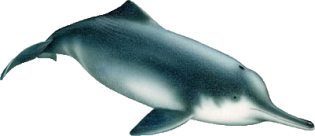
Endangered Species (EW)
A species is classified as EW (Extinct in the Wild), where there are more wild in nature.
A taxon is, extinct in the wild, where only survives in cultivation, in captivity or in a naturalized population well outside its previous range of origin.
This concerns the species extinct in the wild as the lion of the Atlas lion or barbarism.
Its main feature was his mane much larger than its African cousins, very dark down to the middle of the belly.
This species considered extinct in the wild, mainly in Morocco is kept in the menagerie of Rabat, and in some zoos, such as the Tête d'Or in Lyon or Sables d'Olonne. Many other zoos have the lions 'hybrid' descendant of the Atlas Lions.
NB: In taxonomy, a taxon is a conceptual entity that is supposed to consolidate all living organisms share certain traits with taxonomic or diagnostic well defined.
Image: The lion of the Atlas comes from the plateau of the Atlas from Morocco and Algeria. There is no longer in captivity, the last living representative in the wild, was shot in Morocco in 1943 Tizzi A n Tichka.
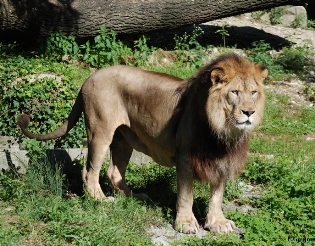
Endangered Species (CR)
A species is classified as CR (critically endangered), known as Critically Endangered when the best available data indicate that it is facing an extremely high risk of extinction in the wild.
This is the case of the Iberian lynx, a critically endangered species since 2002, because of its sparse population and locally threatened.
Even if one is south of Portugal, the largest population is located in Spain. This species is a victim of cultures that are highly polluting away his favorite food, which includes rabbits, hares, rats, mice, ducks and partridges.
According to IUCN, the Iberian lynx is the most endangered mammal in the short term in the world. Faced with this threat, conservation projects, building, and reintroduction of the species have been introduced, especially in Andalusia.
The European Commission has supported these projects through the LIFE (Financial Instrument for the Environment).
These projects are complex, since we must first restore habitat, promote the rabbit population and awareness. A breeding program of Iberian lynx in captivity is also underway in Andalusia (Category EW), to reintroduce them into the wild later.
Image: The Iberian lynx has a spotted dress much more than the lynx. The Iberian lynx has four sets of vibrissa, two ears and two on the chin. This animal measures 80 to 90 cm, short tail of 12-13 cm and weighs 12 to 13 kg.

Image: The small lynx of Spain also called Iberian lynx (Lynx pardinus). Sexual maturity of lynx is 20 months for females, 30 months for males.

Endangered Species (EN)
A species is classified as EN (Endangered), that is in danger, when the best available evidence indicates that it faces a high risk of extinction in the wild.
The Blue Whale (Balaenoptera musculus) is the largest mammal on the planet, perhaps the largest mammal that ever lived (35 meters to 150 tons).
Unfortunately, it is 2009, which is considered endangered because it was driven recklessly through the 1960s, when hunting was finally "allowed".
The blue whale feeds mainly on plankton and krill, up to several tons per day.
His blue-gray pigmentation and his breath that produces a spectacular vertical jet of 9 m to 12 m, making it easily identifiable.
Dorsal fin located on the lower third of the back is ridiculously small compared to the size of the animal.
Its population is estimated at less than 15 000 people worldwide. Nearly 350,000 Blue Whales were killed in the 20th century.
Image: The blue whale is classified as endangered (EN), facing a high risk of extinction in the wild.
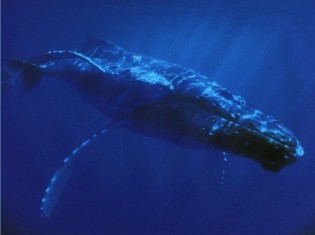
Endangered Species (VU)
A species is classified as VU (Vulnerable), when the best available data indicate that it is facing a high risk of extinction in the wild.
This is where the whale shark which there is only one species, the Rhincodon typus. The whale shark is the largest fish of our planet.
It can reach 20 feet long and weigh over 30 tons. This fish feeds on plankton, krill, algae, small crustaceans, small squid or small fish. It swallowed large quantities, almost one ton per day.
The skin on her back, mottled with white spots, is thick (15 cm) and covered with a protective layer of sharp denticles. His belly is completely white.
The whale shark's mouth is about two meters wide, allowing it to filter 2000 tons of water per hour.
This shark soft and indifferent to the presence of man can live more than a hundred years.
Image: The whale shark is hunted for its meat and fins, especially in China and Taiwan. The species is from November 15, 2002 on the list of CITES (Convention on International Trade in Endangered Species of Wild Fauna and Flora).
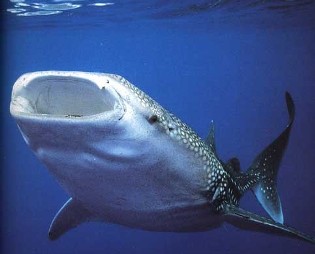
Conclusion
It is true that the planet has suffered throughout its history of major disasters that have wiped out the bulk species. The life of our time is the miraculous result of these natural disasters. To recreate all these species live, it took hundreds of millions of years, giving more importance to the preservation of existing species. Although life is tough, difficult to destroy and it renews itself after each mass extinction, conscious man must save as much as possible every living species.
According to the report WWF (World Wildlife Fund), the human needs for natural resources exceeds the capacity of the planet since the late 1980s. In 2005, the Ecological Footprint of all mankind was 17.5 billion global hectares. However, the production capacity of the planet expressed with the same unit, reached only 13.6 billion. This difference of 29%, corresponds to the depletion of resources. At this rate, says the report, the gap will reach 100% during the 2030s.
What is telling in this organization that we will then have two Earths to our current lifestyles are maintained. But there are not two Earths at our disposal, it is up to man to be satisfied with available resources and allow time for the world to renew itself.
Image: Pictures of endangered species (IUCN list).
Articles on the same theme
"The data available on this site may be used provided that the source is duly acknowledged."
 The Great Bifurcation that will Disrupt Our World: Survival or Collapse?
The Great Bifurcation that will Disrupt Our World: Survival or Collapse?  Primordial Chemistry: Where Do the First Organic Molecules Originate?
Primordial Chemistry: Where Do the First Organic Molecules Originate?  CO and CO₂: Two Gases, Two Risks, Two Biological Mechanisms
CO and CO₂: Two Gases, Two Risks, Two Biological Mechanisms  Spontaneous Synchronization: A Universal Phenomenon, from Physics to Life
Spontaneous Synchronization: A Universal Phenomenon, from Physics to Life  Artificial networks vs biological networks: Two systems, one common architecture
Artificial networks vs biological networks: Two systems, one common architecture  Human Brain and Artificial Intelligences: Similarities and Differences
Human Brain and Artificial Intelligences: Similarities and Differences  Time Challenge: How to Illustrate a Billion Years?
Time Challenge: How to Illustrate a Billion Years?  The Three Essential Components for the Emergence of Life
The Three Essential Components for the Emergence of Life  Why Did the Genus Homo Nearly Go Extinct 900,000 Years Ago?
Why Did the Genus Homo Nearly Go Extinct 900,000 Years Ago?  AlphaGo vs AlphaGo Zero: A Revolution in Artificial Intelligence
AlphaGo vs AlphaGo Zero: A Revolution in Artificial Intelligence  The Next Step for Intelligent Machines
The Next Step for Intelligent Machines  The First Step Towards the Emergence of Life
The First Step Towards the Emergence of Life  Phylogenetic Tree of Life
Phylogenetic Tree of Life  Formal neuron
Formal neuron  The shadow biosphere
The shadow biosphere  Decline of Anthropocentrism
Decline of Anthropocentrism  Artificial intelligence: the explosion of gigantism
Artificial intelligence: the explosion of gigantism  When AI models train on their own data, they go mad!
When AI models train on their own data, they go mad!  Emergence of artificial intelligence: Illusion of intelligence or intelligence?
Emergence of artificial intelligence: Illusion of intelligence or intelligence?  The horseshoe crab, a living fossil!
The horseshoe crab, a living fossil!  Biosignatures or presence of life in the Universe
Biosignatures or presence of life in the Universe  Challenge and threat of Artificial Intelligence
Challenge and threat of Artificial Intelligence  How do machines understand, interpret and generate language in a similar way to humans?
How do machines understand, interpret and generate language in a similar way to humans?
 How does an artificial neural network work?
How does an artificial neural network work?  Origin of life on Earth: Panspermia theory
Origin of life on Earth: Panspermia theory  Origin of life on Earth: White smoker theory
Origin of life on Earth: White smoker theory  Why 37 degrees Celsius?
Why 37 degrees Celsius? 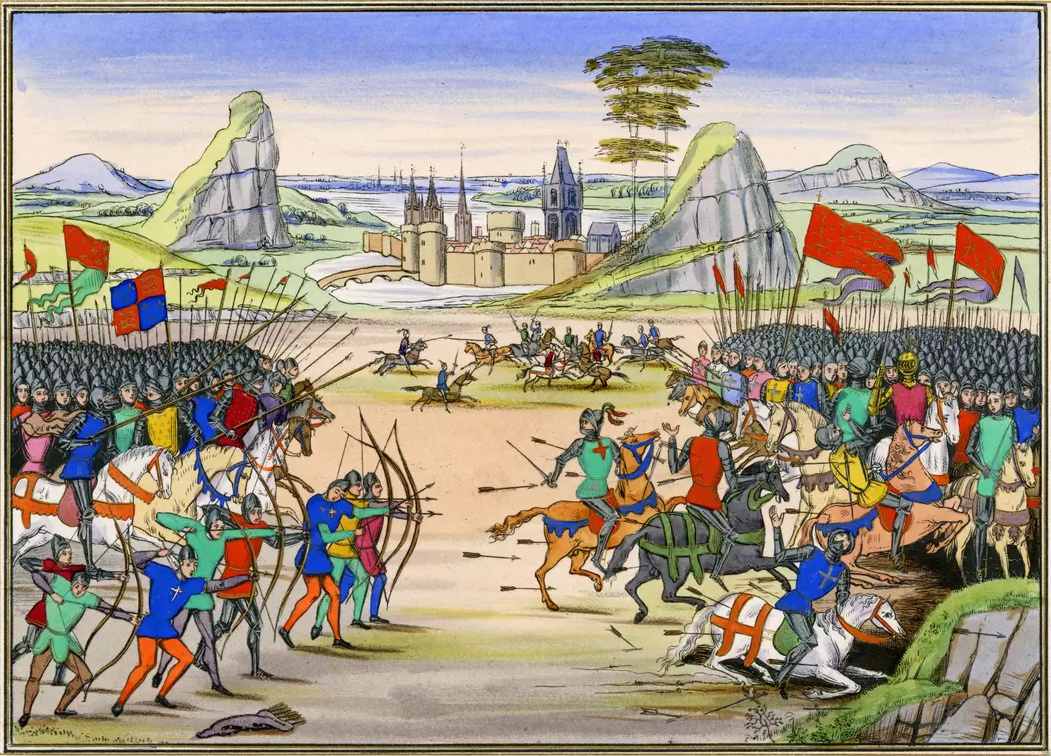 Thermodynamics of the sandpile
Thermodynamics of the sandpile  Are We Alone in the Cosmos? Between Science and Speculation
Are We Alone in the Cosmos? Between Science and Speculation 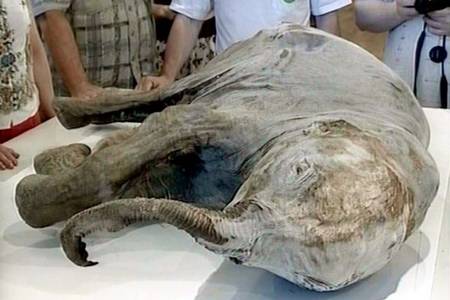 Trace of frozen life in Siberia
Trace of frozen life in Siberia  Ice cores tell us about our past
Ice cores tell us about our past  Life evolves in the shelter of glaciations
Life evolves in the shelter of glaciations  Organ regeneration, the salamander
Organ regeneration, the salamander 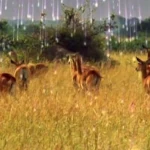 Cosmic rays and the mutation of species
Cosmic rays and the mutation of species  Mephisto, the little worm of the depths
Mephisto, the little worm of the depths  Discovery of solid buckyballs in space
Discovery of solid buckyballs in space  Human Walking: The Origins of Bipedalism in Hominids
Human Walking: The Origins of Bipedalism in Hominids  Kamchatka giant crab
Kamchatka giant crab  The passage between the inert and the living
The passage between the inert and the living  From particles to biochemical life
From particles to biochemical life  Sediba: Man or Australopithecus
Sediba: Man or Australopithecus  Egocentric vision, the man at the center
Egocentric vision, the man at the center  Megapod uses volcanic heat
Megapod uses volcanic heat  Ardi is 4.4 million years old
Ardi is 4.4 million years old 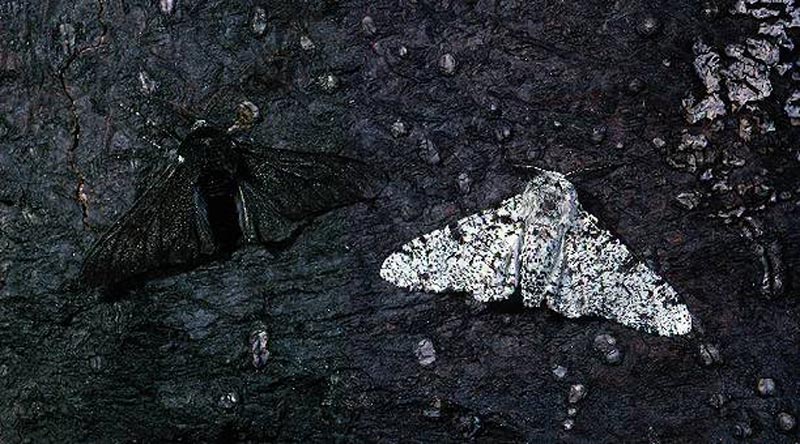 Natural selection, the birch moth
Natural selection, the birch moth 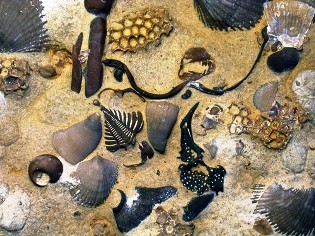 The explosion of life in the Ordovician
The explosion of life in the Ordovician 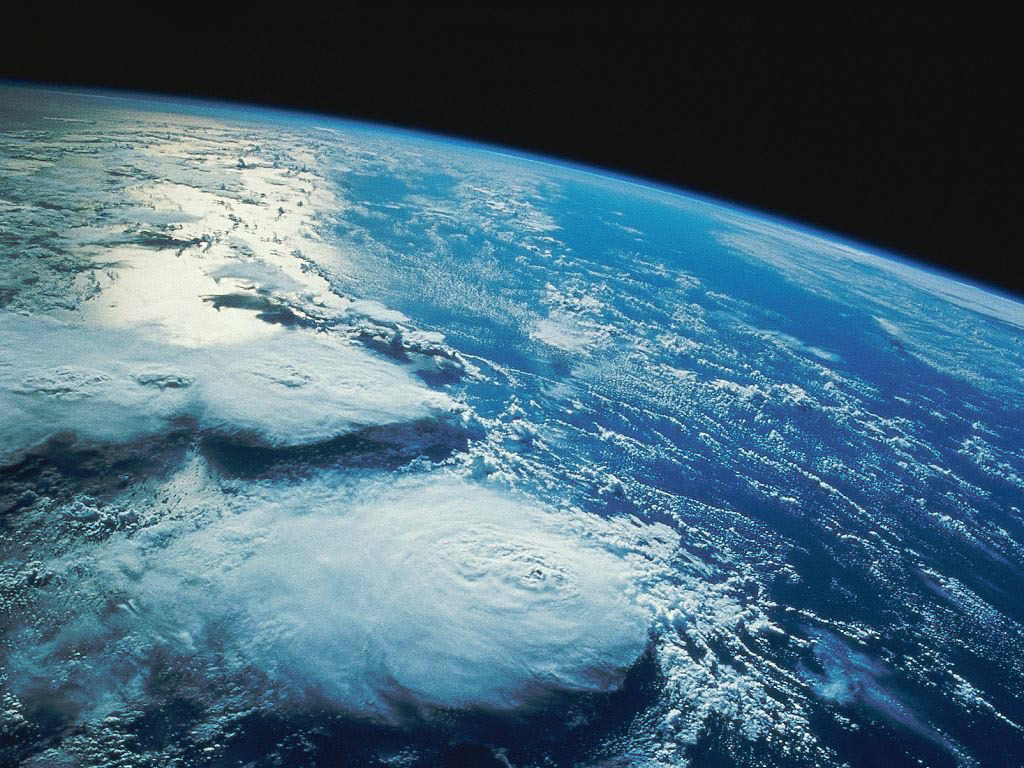 Liquid water, an accelerator of chemical reactions
Liquid water, an accelerator of chemical reactions  Neanderthal: Humanity's Lost Cousin
Neanderthal: Humanity's Lost Cousin  Asimo the future humanoid
Asimo the future humanoid  What Conditions Allowed the Emergence of Life?
What Conditions Allowed the Emergence of Life?  Fermi's paradox or Plato's cave
Fermi's paradox or Plato's cave  The Tardigrade, the immortal animal
The Tardigrade, the immortal animal 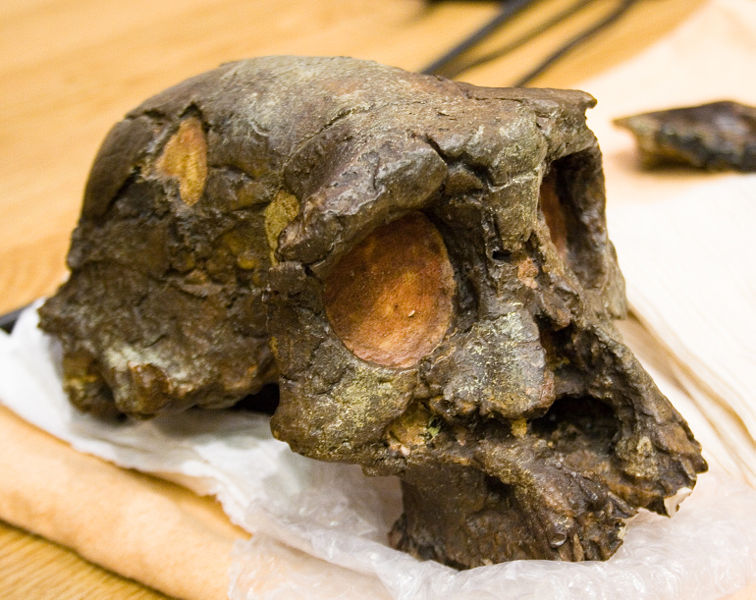 Toumaï, 7 million years old
Toumaï, 7 million years old  Border between inanimate and living
Border between inanimate and living  The incredible life of the abyss
The incredible life of the abyss  Cyanobacteria create toxic gas
Cyanobacteria create toxic gas  The short history of the evolution of life
The short history of the evolution of life  The Smallest Frog in the World: Physiological Secrets of a Microvertebrate
The Smallest Frog in the World: Physiological Secrets of a Microvertebrate  The explanation of the Little Ice Age
The explanation of the Little Ice Age  The Light of Life: A Biosignature Revealed by the Moon
The Light of Life: A Biosignature Revealed by the Moon  Living Light: The Dazzling Secrets of Bioluminescence
Living Light: The Dazzling Secrets of Bioluminescence  Beyond our senses, the great scientific revolutions
Beyond our senses, the great scientific revolutions  The primitive soup
The primitive soup 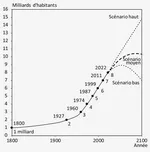 World Population from 1800 to 2100
World Population from 1800 to 2100  Ecology and Collapse: The Case of Easter Island
Ecology and Collapse: The Case of Easter Island